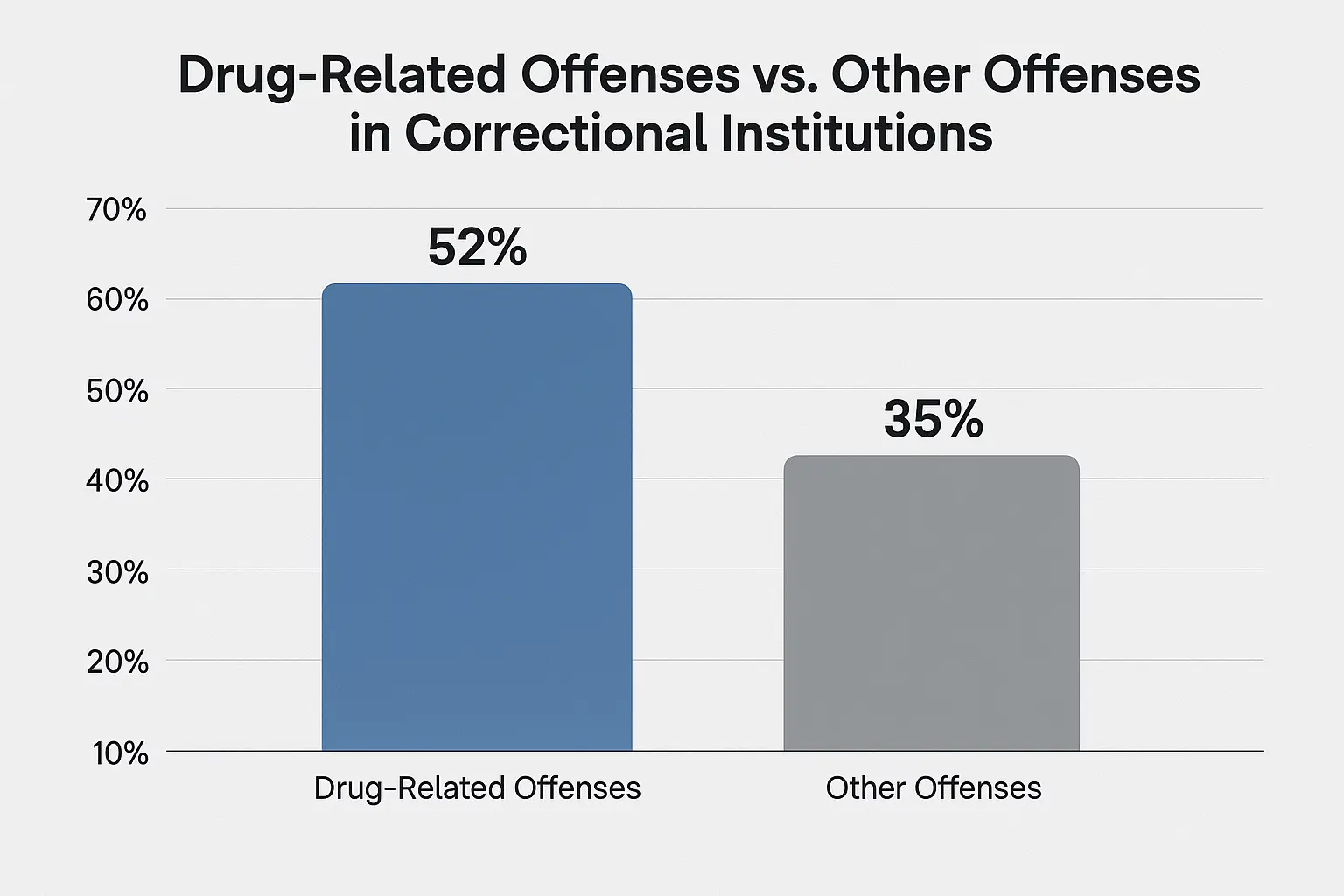Inmate Substance Abuse Treatment Statistics and Facts
Substance abuse is a significant concern within the U.S. correctional system. Many incarcerated individuals struggle with addiction, making treatment during incarceration an essential step toward rehabilitation and public safety. At Star City Recovery, we believe that understanding the scope of inmate substance abuse can drive more effective solutions and promote long-term recovery—even behind bars.
The Link Between Incarceration and Substance Abuse

The relationship between substance abuse and incarceration is deeply intertwined. Here are some important insights:
Over 65% of the U.S. prison population meets the criteria for a substance use disorder.
Many offenses are either directly or indirectly linked to drug or alcohol use, including DUIs, possession charges, or crimes committed while under the influence.
The cycle of addiction and incarceration is difficult to break without structured treatment and support.
Startling Statistics About Substance Use in Prisons

Understanding the numbers helps highlight the urgency for better inmate treatment programs:
80% of inmates in state prisons report using drugs or alcohol regularly before arrest.
Only about 11% of incarcerated individuals with substance use disorders receive treatment while in prison.
Inmates who receive treatment are 50% less likely to reoffend after release.
Recidivism drops significantly when substance abuse treatment is paired with post-release support.
Why Treatment in Prison Matters

Substance abuse treatment during incarceration plays a crucial role in rehabilitation. It offers:
Behavioral therapy and relapse prevention tools that improve coping skills
Improved mental health support, which is often tied to addiction
Reduced disciplinary issues within facilities
Lower chances of post-release relapse, making reintegration more successful
The Role of Recovery Programs After Release

Inmate recovery doesn’t end at the prison gates. Programs like Star City Recovery support individuals who were incarcerated and now seek long-term healing through outpatient treatment, therapy, and community reintegration.
We provide:
Supportive environments for those transitioning from incarceration
Personalized treatment plans addressing trauma, co-occurring disorders, and substance use
Tools for relapse prevention and life skills development
Recovery After Incarceration Is Possible
Though the statistics are sobering, they also reveal hope: With the right treatment, individuals can rebuild their lives and break the cycle of substance abuse and incarceration.
If you or someone you know is transitioning out of the justice system and needs help overcoming addiction, Star City Recovery is here to support lasting change.

